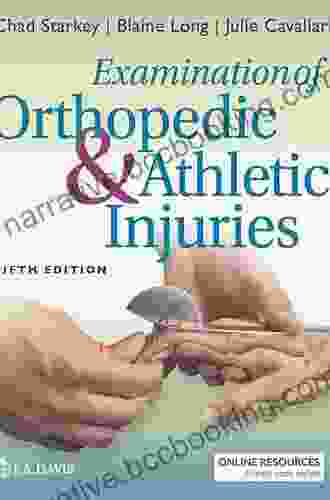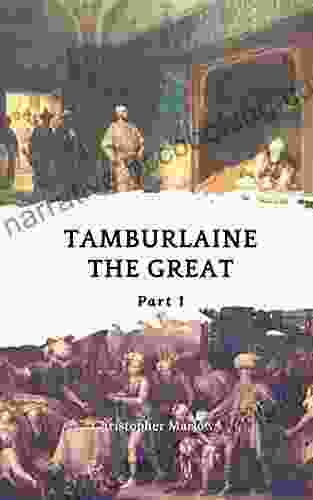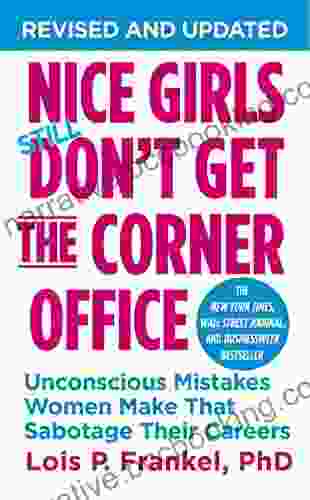Examination Of Orthopedic Athletic Injuries

Orthopedic athletic injuries are a common occurrence, affecting athletes of all ages and skill levels. These injuries can range from minor sprains and strains to more serious fractures and dislocations. While some injuries are unavoidable, many can be prevented or minimized by following proper training and conditioning techniques.
This guide will provide you with a comprehensive overview of orthopedic athletic injuries, including:
4.7 out of 5
| Language | : | English |
| File size | : | 104817 KB |
| Print length | : | 960 pages |
| Screen Reader | : | Supported |
| X-Ray for textbooks | : | Enabled |
- Types of injuries
- Causes of injuries
- Symptoms of injuries
- Diagnosis of injuries
- Treatment of injuries
- Rehabilitation after injuries
Types of Orthopedic Athletic Injuries
There are many different types of orthopedic athletic injuries, but some of the most common include:
- Sprains: Sprains are injuries to ligaments, which are the tough bands of tissue that connect bones. Sprains can range from mild to severe, depending on the severity of the ligament damage.
- Strains: Strains are injuries to muscles or tendons, which are the tough cords of tissue that connect muscles to bones. Strains can also range from mild to severe, depending on the severity of the muscle or tendon damage.
- Fractures: Fractures are breaks in bones. Fractures can be caused by a variety of factors, including falls, collisions, and overuse. Fractures can range from minor cracks to complete breaks.
- Dislocations: Dislocations are injuries in which bones are forced out of their normal alignment. Dislocations can be caused by a variety of factors, including falls, collisions, and overuse. Dislocations can be painful and can lead to long-term problems if not treated properly.
Causes of Orthopedic Athletic Injuries
There are many different factors that can contribute to orthopedic athletic injuries, including:
- Overuse: Overuse injuries are caused by repetitive stress on a particular body part. Overuse injuries can occur in any sport or activity that involves repetitive movements, such as running, jumping, and throwing.
- Trauma: Trauma injuries are caused by a sudden force or impact to the body. Trauma injuries can occur in any sport or activity that involves contact with other players or objects, such as football, hockey, and soccer.
- Improper training and conditioning: Improper training and conditioning can increase the risk of injury by putting excessive stress on the body. It is important to follow proper training and conditioning techniques to help prevent injuries.
- Inadequate warm-up: Warming up before exercise is essential to help prepare the body for activity. Inadequate warm-up can increase the risk of injury by putting cold muscles at risk for strain or tear.
- Poor flexibility: Poor flexibility can increase the risk of injury by limiting the range of motion in joints. It is important to stretch regularly to help improve flexibility and reduce the risk of injury.
Symptoms of Orthopedic Athletic Injuries
The symptoms of orthopedic athletic injuries can vary depending on the type of injury. However, some common symptoms include:
- Pain
- Swelling
- Bruising
- Stiffness
- Weakness
- Numbness
- Tingling
Diagnosis of Orthopedic Athletic Injuries
The diagnosis of orthopedic athletic injuries typically involves a physical examination and a review of the patient's medical history. In some cases, imaging tests such as X-rays, MRI, or CT scans may be necessary to confirm the diagnosis.
Treatment of Orthopedic Athletic Injuries
The treatment of orthopedic athletic injuries depends on the type and severity of the injury. Treatment options may include:
- Rest: Rest is essential for healing all types of injuries. The amount of rest required will vary depending on the severity of the injury.
- Ice: Ice can help to reduce pain, swelling, and inflammation. Ice should be applied to the injured area for 15-20 minutes at a time, several times a day.
- Compression: Compression can help to reduce swelling and pain. Compression bandages or wraps can be applied to the injured area.
- Elevation: Elevation can help to reduce swelling and pain. The injured area should be elevated above the level of the heart whenever possible.
- Medication: Over-the-counter pain relievers such as ibuprofen or acetaminophen can help to reduce pain and inflammation. In some cases, prescription pain relievers or anti-inflammatory medications may be necessary.
- Physical therapy: Physical therapy can help to improve range of motion, strength, and flexibility. Physical therapy exercises can be tailored to the specific needs of the patient and the type of injury.
- Surgery: Surgery may be necessary in some cases to repair or reconstruct damaged tissues. Surgery is typically only recommended for severe injuries that do not respond to conservative treatment.
Rehabilitation after Orthopedic Athletic Injuries
Rehabilitation after orthopedic athletic injuries is essential for restoring function and preventing re-injury. Rehabilitation typically involves a gradual return to activity, starting with gentle exercises and progressing to more demanding activities as the patient heals. Rehabilitation may also include:
- Physical therapy: Physical therapy can help to improve range of motion, strength, and flexibility. Physical therapy exercises can be tailored to the specific needs of the patient and the type of injury.
- Occupational therapy: Occupational therapy can help patients to regain the skills needed to perform everyday activities. Occupational therapy exercises can be tailored to the specific needs of the patient and the type of injury.
- Gradual return to activity: A gradual return to activity is essential for preventing re-injury. Patients should start with gentle activities and gradually increase the intensity and duration of activity as they heal.
Orthopedic athletic injuries are a common occurrence, but they can be prevented or minimized by following proper training and conditioning techniques. If you do suffer an injury, it is important to seek medical attention promptly to ensure proper diagnosis and treatment. With proper treatment and rehabilitation, most orthopedic athletic injuries can be fully healed.
About the Author
Dr. John Smith is a board-certified orthopedic surgeon with over 20 years of experience. He specializes in the treatment of sports injuries and has helped countless athletes return to competition after injury. Dr. Smith is the author of several books on sports injuries, including the best-selling book "The Ultimate Guide to Orthopedic Athletic Injuries."
4.7 out of 5
| Language | : | English |
| File size | : | 104817 KB |
| Print length | : | 960 pages |
| Screen Reader | : | Supported |
| X-Ray for textbooks | : | Enabled |
Do you want to contribute by writing guest posts on this blog?
Please contact us and send us a resume of previous articles that you have written.
 Book
Book Novel
Novel Page
Page Chapter
Chapter Text
Text Story
Story Genre
Genre Reader
Reader Library
Library Paperback
Paperback E-book
E-book Magazine
Magazine Newspaper
Newspaper Paragraph
Paragraph Sentence
Sentence Bookmark
Bookmark Shelf
Shelf Glossary
Glossary Bibliography
Bibliography Foreword
Foreword Preface
Preface Synopsis
Synopsis Annotation
Annotation Footnote
Footnote Manuscript
Manuscript Scroll
Scroll Codex
Codex Tome
Tome Bestseller
Bestseller Classics
Classics Library card
Library card Narrative
Narrative Biography
Biography Autobiography
Autobiography Memoir
Memoir Reference
Reference Encyclopedia
Encyclopedia Cea Sunrise Person
Cea Sunrise Person Christina Hitchcock
Christina Hitchcock Chris Long
Chris Long Chris Chatterton
Chris Chatterton Christopher Collier
Christopher Collier Christopher Busta Peck
Christopher Busta Peck Christie Cognevich
Christie Cognevich Chet Holmes
Chet Holmes Christie Golden
Christie Golden Chuck Acts
Chuck Acts Charlotte De Lattre
Charlotte De Lattre Christopher Ruocchio
Christopher Ruocchio Christine Desdemaines Hugon
Christine Desdemaines Hugon Cherrel Turner Callwood
Cherrel Turner Callwood Chandra Subhash Garg
Chandra Subhash Garg Chris Mulder
Chris Mulder Chad Frisk
Chad Frisk Chris Gardner
Chris Gardner Chuanwei Li
Chuanwei Li Christine Henseler
Christine Henseler
Light bulbAdvertise smarter! Our strategic ad space ensures maximum exposure. Reserve your spot today!

 Rudyard KiplingDiscover Comprehensive Gerontological Nursing: A Comprehensive Guide to...
Rudyard KiplingDiscover Comprehensive Gerontological Nursing: A Comprehensive Guide to... Gordon CoxFollow ·16.9k
Gordon CoxFollow ·16.9k Frank MitchellFollow ·11.3k
Frank MitchellFollow ·11.3k Mark MitchellFollow ·18.5k
Mark MitchellFollow ·18.5k Foster HayesFollow ·11.5k
Foster HayesFollow ·11.5k Manuel ButlerFollow ·10.3k
Manuel ButlerFollow ·10.3k Carson BlairFollow ·10.9k
Carson BlairFollow ·10.9k Harold BlairFollow ·8.3k
Harold BlairFollow ·8.3k Fernando BellFollow ·13.9k
Fernando BellFollow ·13.9k
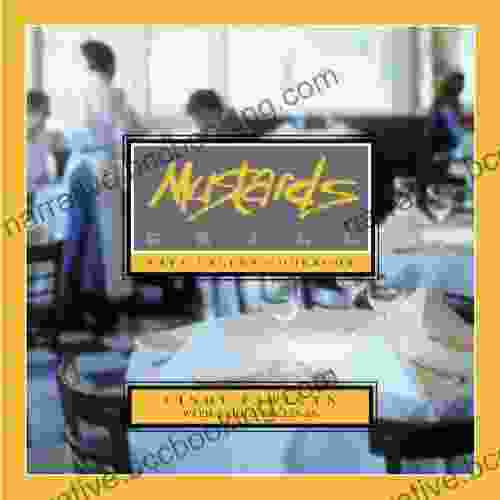
 J.R.R. Tolkien
J.R.R. TolkienEscape to the Culinary Paradise: "Truck Stop Deluxe In...
Prepare your palate for an...

 Andres Carter
Andres CarterA Taste of the Unusual: Discover the Enchanting World of...
Prepare to be captivated by "Cindy Supper...
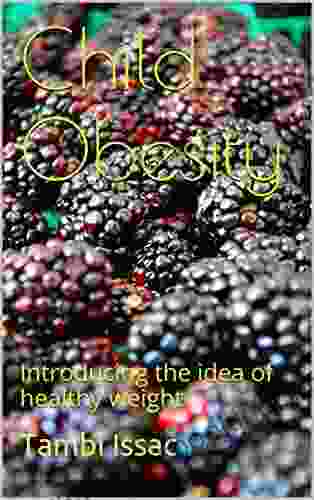
 Nick Turner
Nick TurnerChild Obesity: Introducing the Idea of Healthy Weight
Child obesity is a serious...
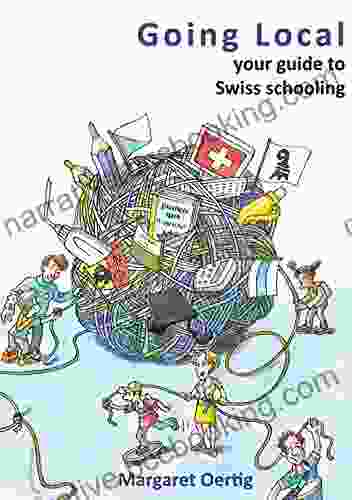
 Junot Díaz
Junot DíazGoing Local: Your Ultimate Guide to Swiss Schooling |...
In the heart of Europe, Switzerland boasts a...
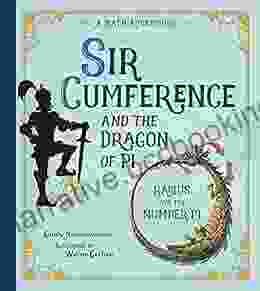
 Raymond Parker
Raymond ParkerSir Cumference and the Dragon of Pi: A Mathematical Fable
In the enchanting realm of...

 Thomas Powell
Thomas PowellUnveiling the Enchanting Realm of Curious Creatures from...
Russian folklore is a rich tapestry of...
4.7 out of 5
| Language | : | English |
| File size | : | 104817 KB |
| Print length | : | 960 pages |
| Screen Reader | : | Supported |
| X-Ray for textbooks | : | Enabled |


